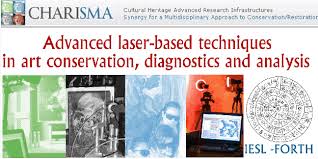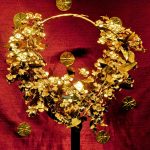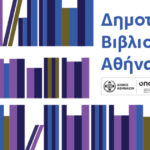In an effort to further promote research and innovation, Greece and China have recently decided to deepen their cooperation in the field of research and technology. The foundations were laid for the formation of synergies between the two countries aiming to increase their competitiveness and support their expansion to new markets. It’s within this framework that the Foundation for Research and Technology-Hellas (FORTH) and specifically its affiliated Institute of Electronic Structure and Laser (IESL) will contribute to the restoration works of the exhibits displayed at Palace Museum in Beijing.
FORTH, established in 1983, is one of the largest research centers in Greece with well organized facilities, highly qualified personnel and a reputation as a top-level research foundation worldwide. It reports to the General Secretariat for Research and Technology of the Hellenic Ministry of Education, Research and Religious Affairs. The Foundation, with headquarters in Heraklion, Crete, includes six Research Institutes in different parts of the country, among which is IESL, also in Heraklion.
IESL – FORTH is among the leading centers worldwide for research and development of innovative laser and optical technologies for the diagnostics and conservation of works of arts and antiquities.Emphasis is placed on laser ablation methodologies for cleaning and restoration, laser spectroscopy for compositional analysis, multi spectral imaging and holographic metrology techniques for structural diagnosis.

Numerous collaborations exist between IESL-FORTH and museums or other organizations, focusing on the use of laser and optical technologies for addressing a broad spectrum of challenges in art conservation and archaeology. Highlights among these are: the laser assisted removal of pollution accumulations from the Athens Acropolis Sculptures; the laser cleaning of excavation insoluble and hard crusts from Hermes of Ancient Messene in Peloponnese (2001); the removal of surface deposits from the sculptures of Aiani Archaeological Museum (2008-2009); the removal of acrylic over paintings from a 20th century modern oil painting, the “Black Painting” by Ad Reinhardt.
IESL-FORTH has and continues to participate in various EU research projects including, among others: IPERION-CH, Integrated Platform for the European Research Infrastructure ON Culture Heritage; CHARISMA, Cultural Heritage Advanced Research Infrastructures: Synergy for a Multidisciplinary Approach to Conservation/ Restoration; SYDDARTA, SYstem for Digitisation and Diagnosis in ART Applications; CLIMATE FOR CULTURE, Damage risk assessment, economic impact and mitigation strategies for sustainable preservation of Cultural Heritage in the times of climate change.
In 2012, FORTH and the Acropolis Museum were awarded the IIC Keck Award for the laser cleaning of the Caryatids.
See also: GNA’s special on Research and Innovation














